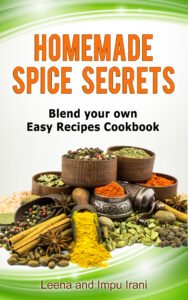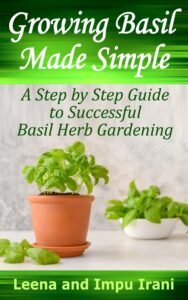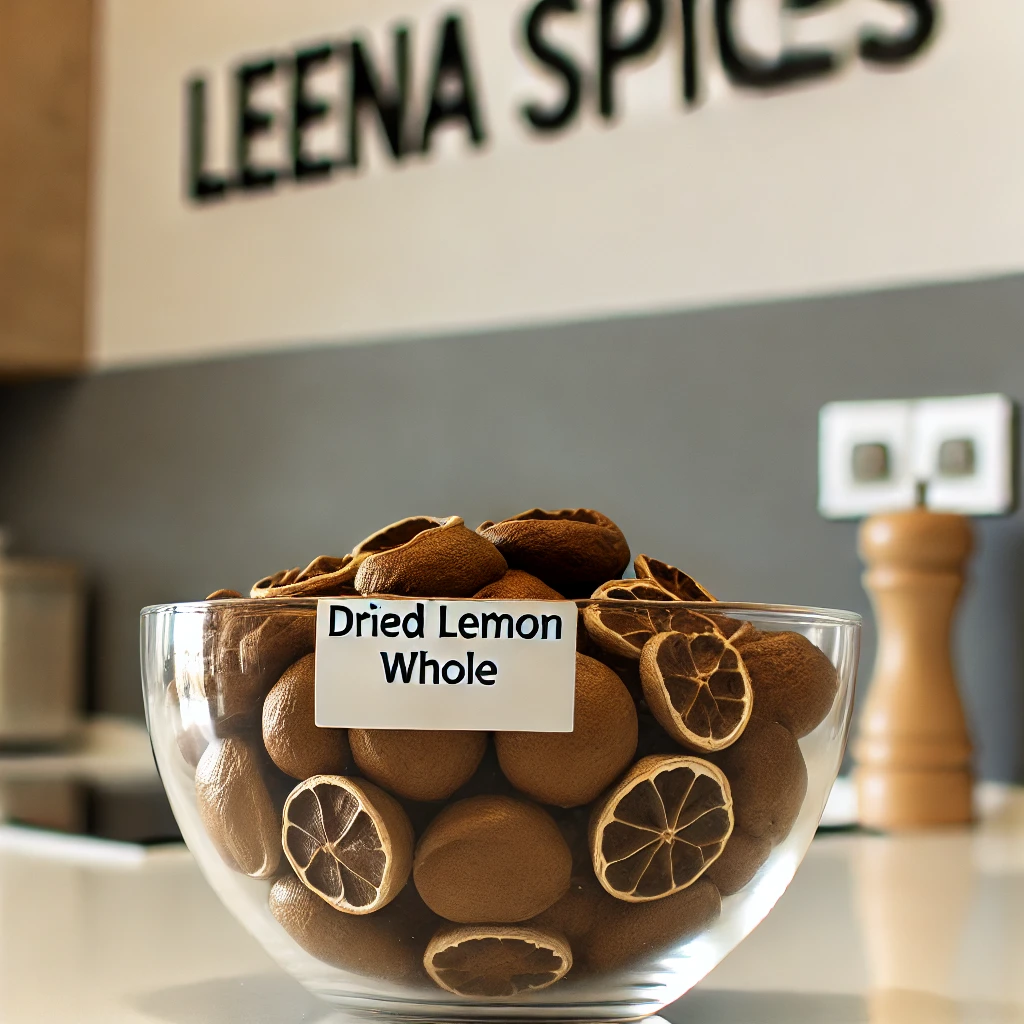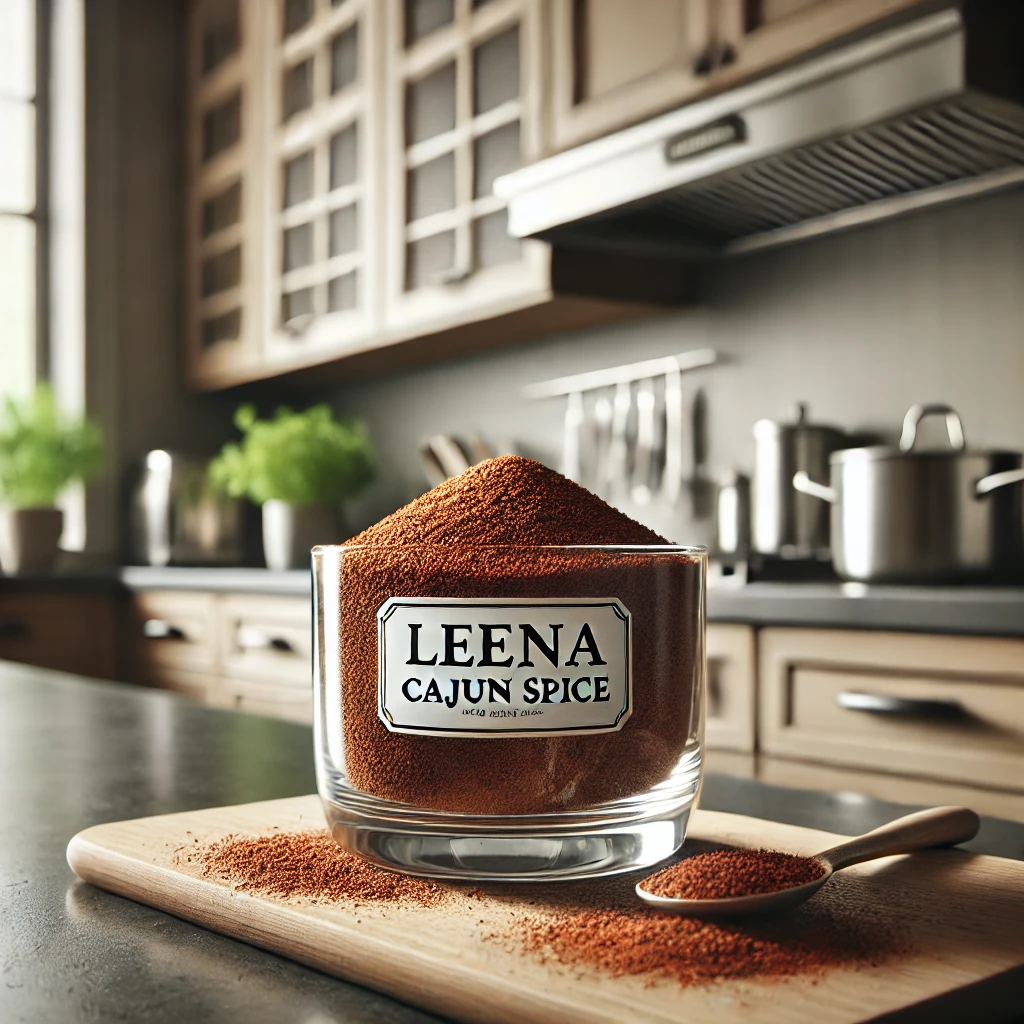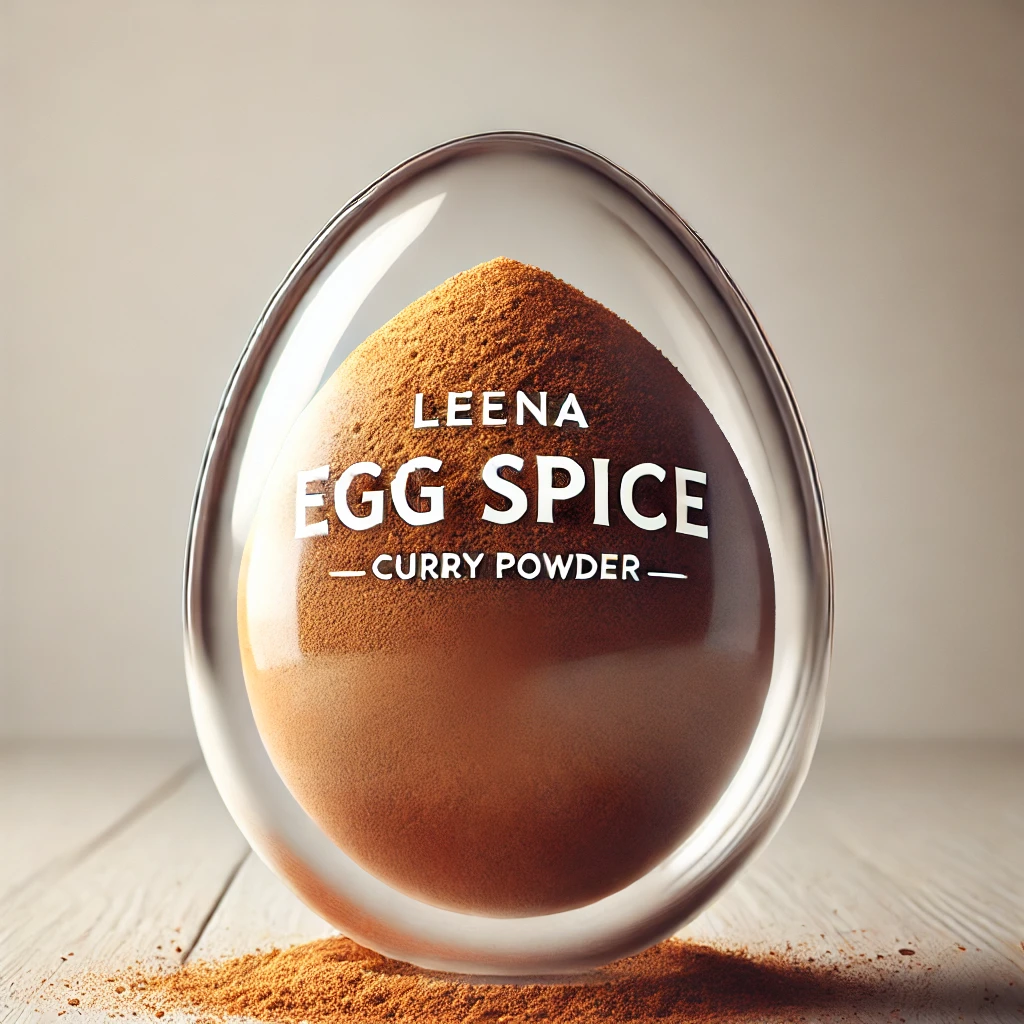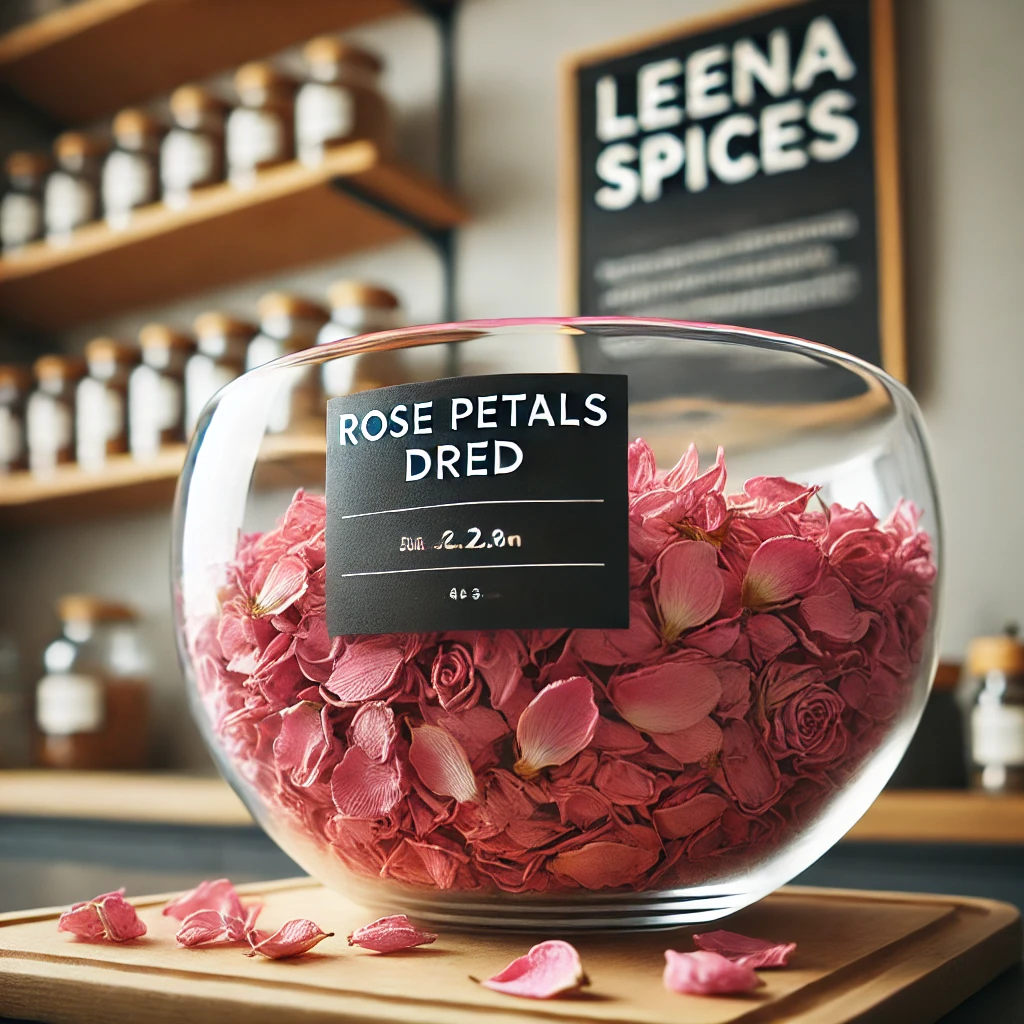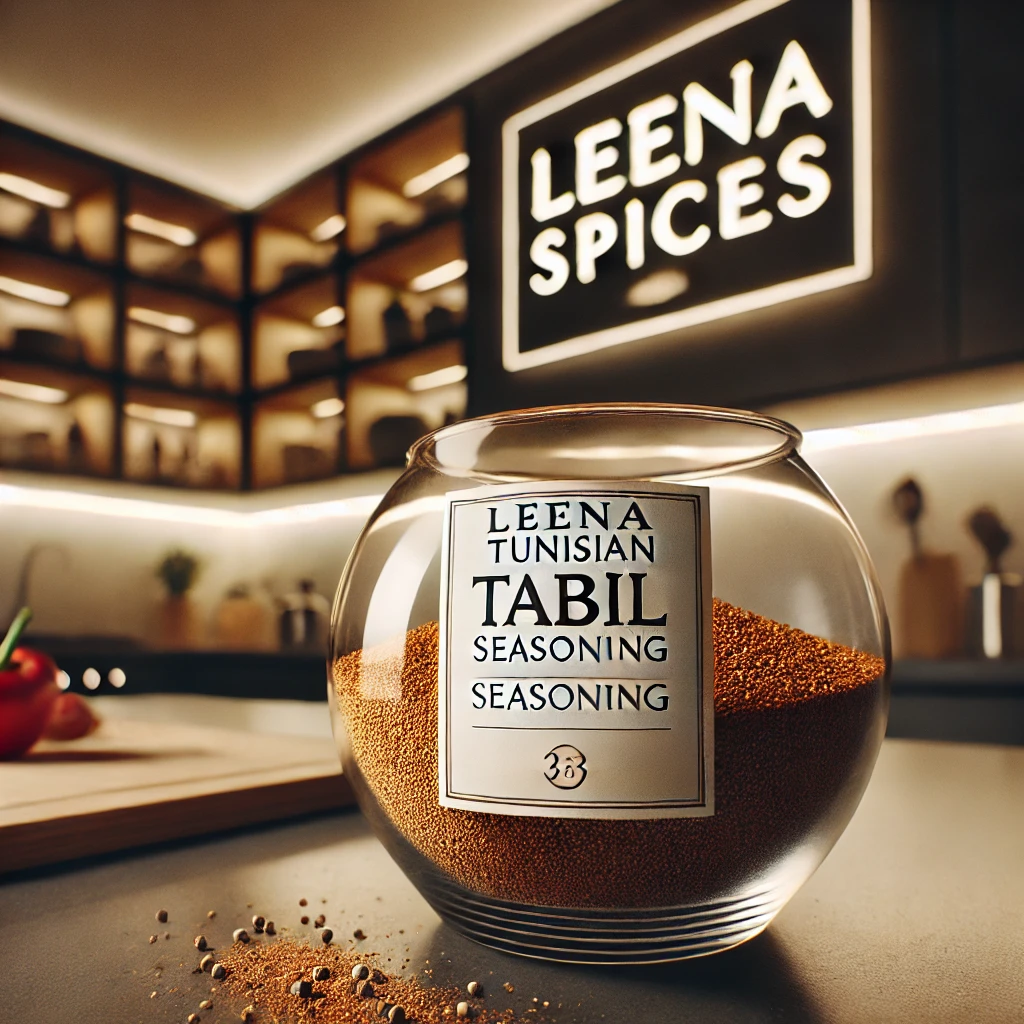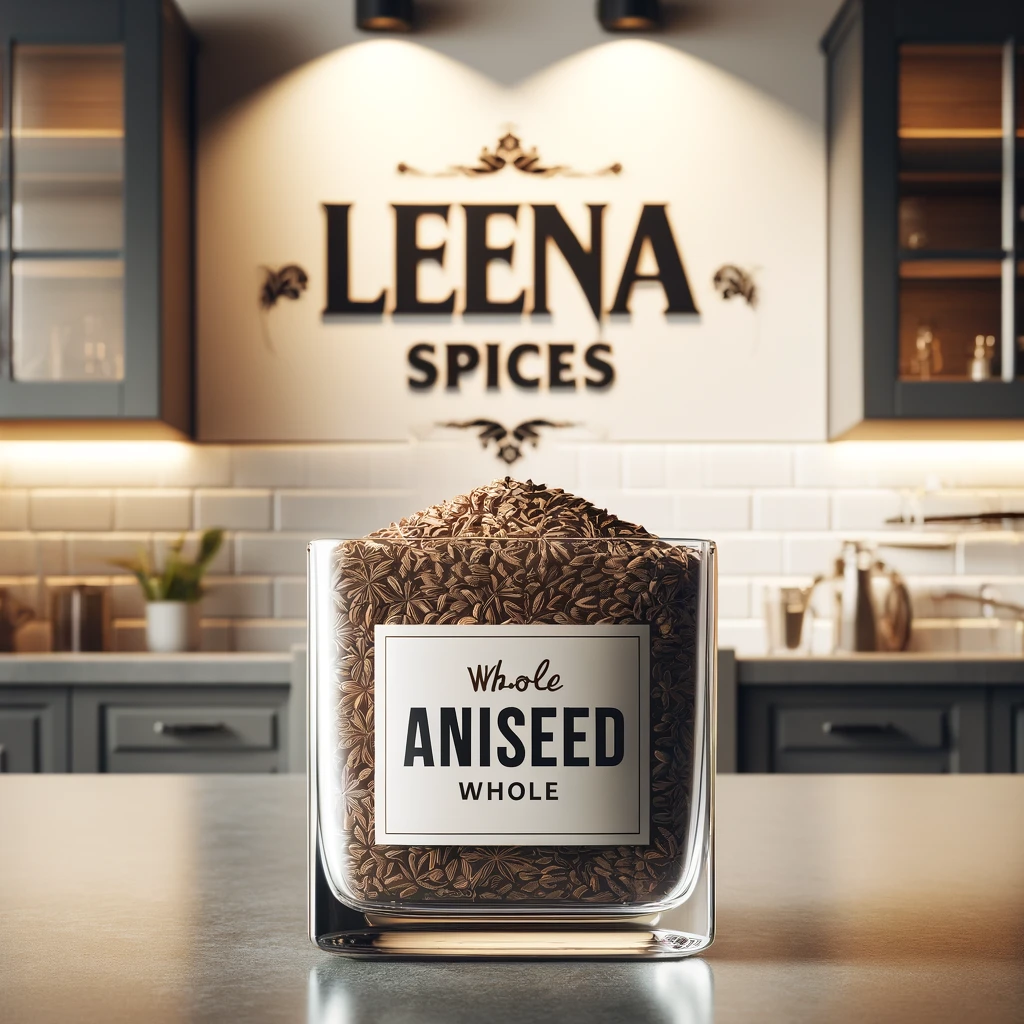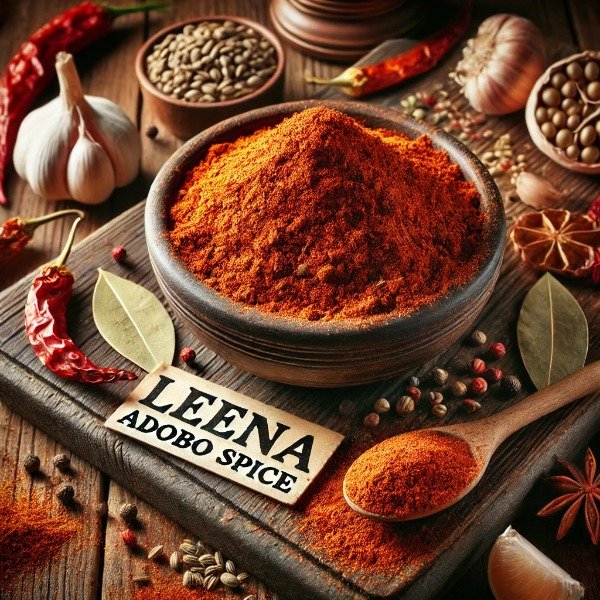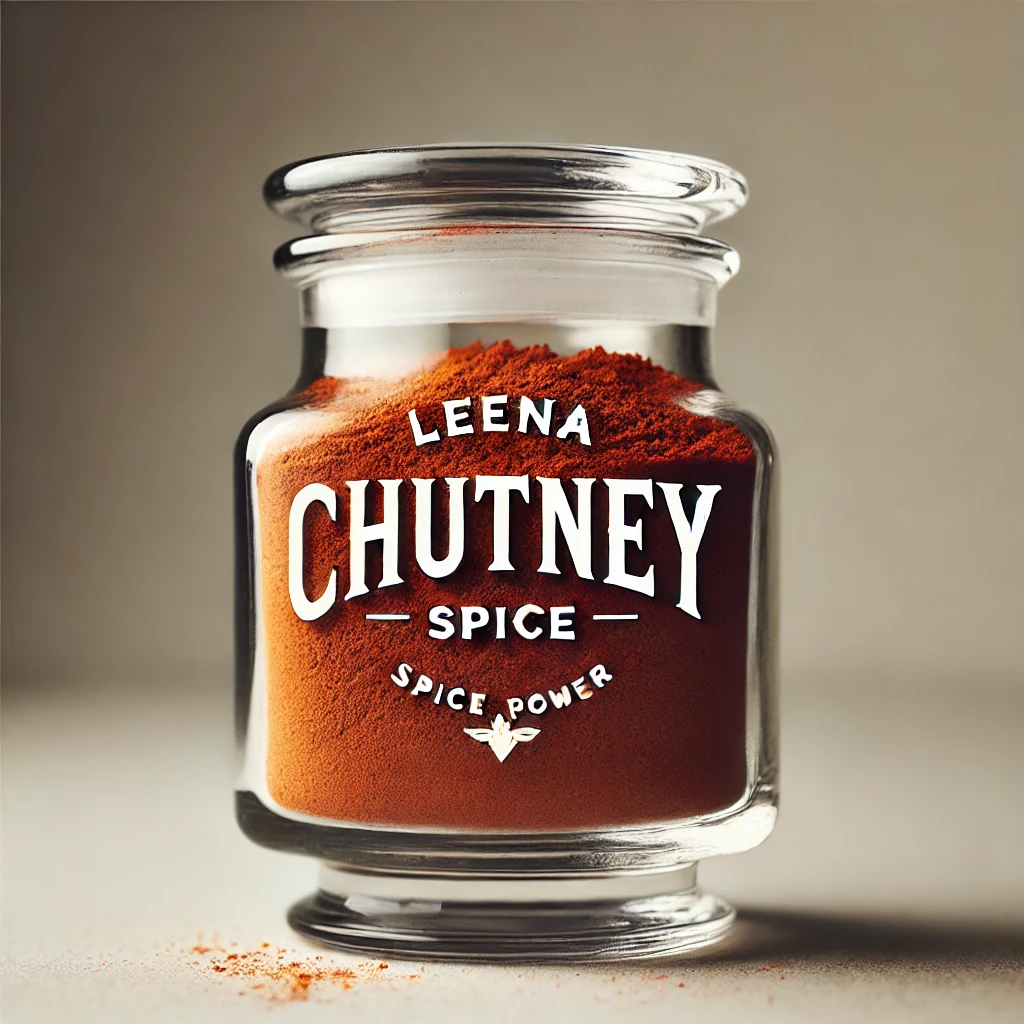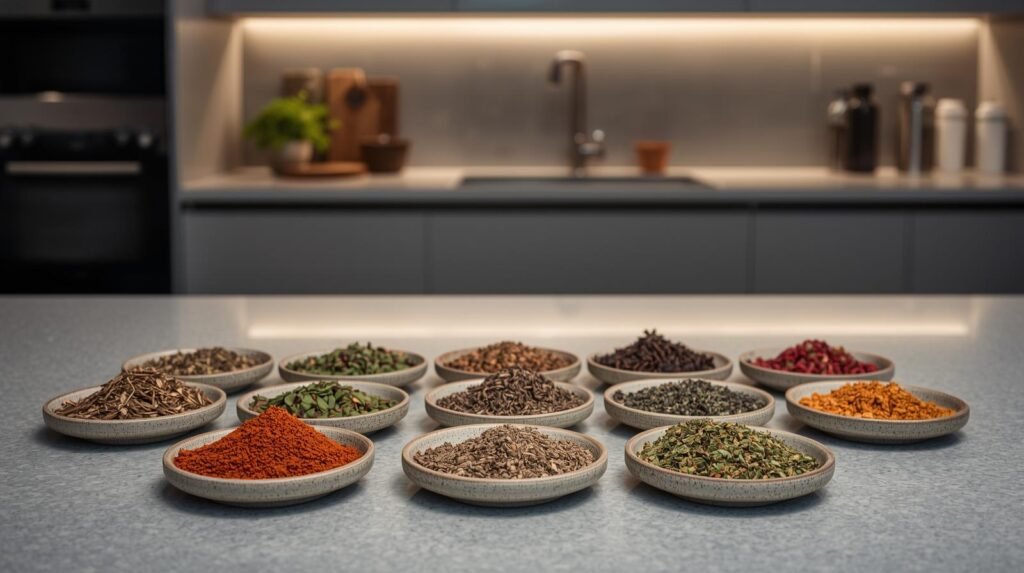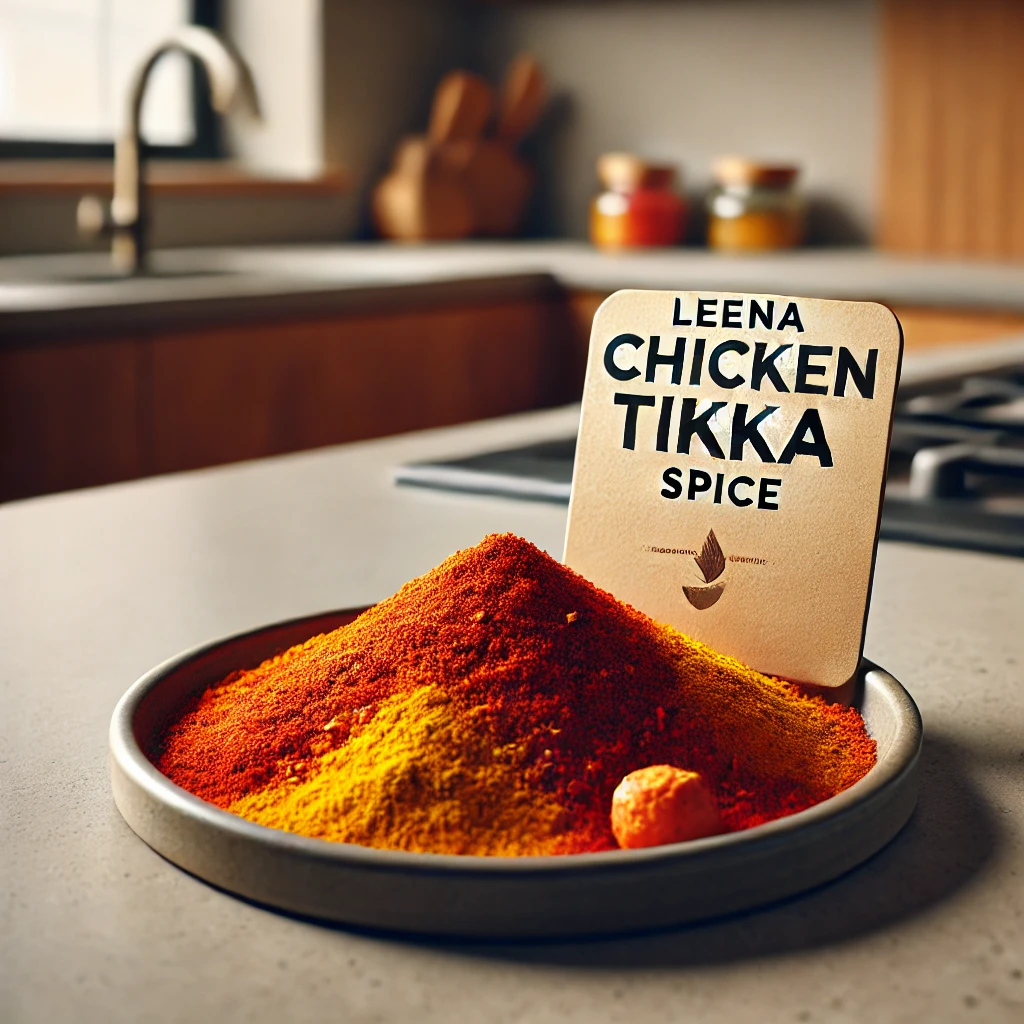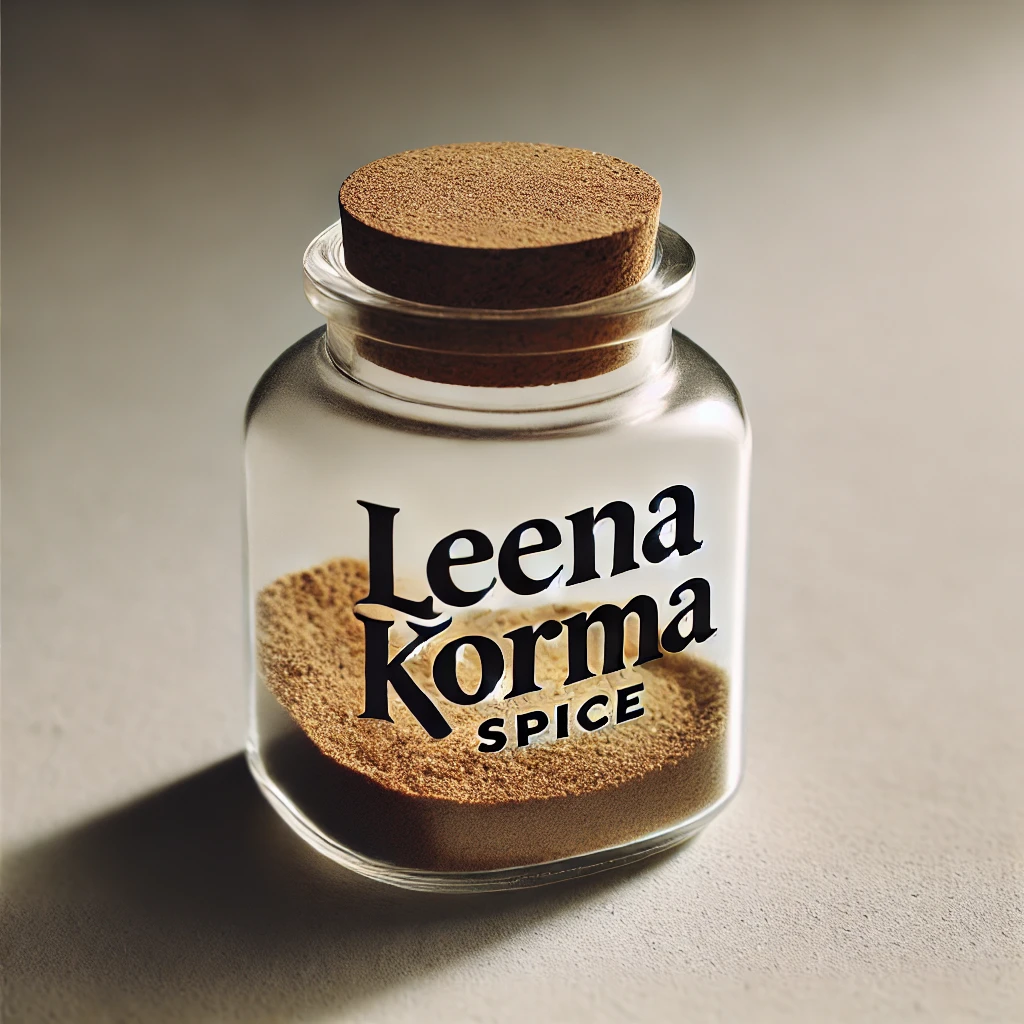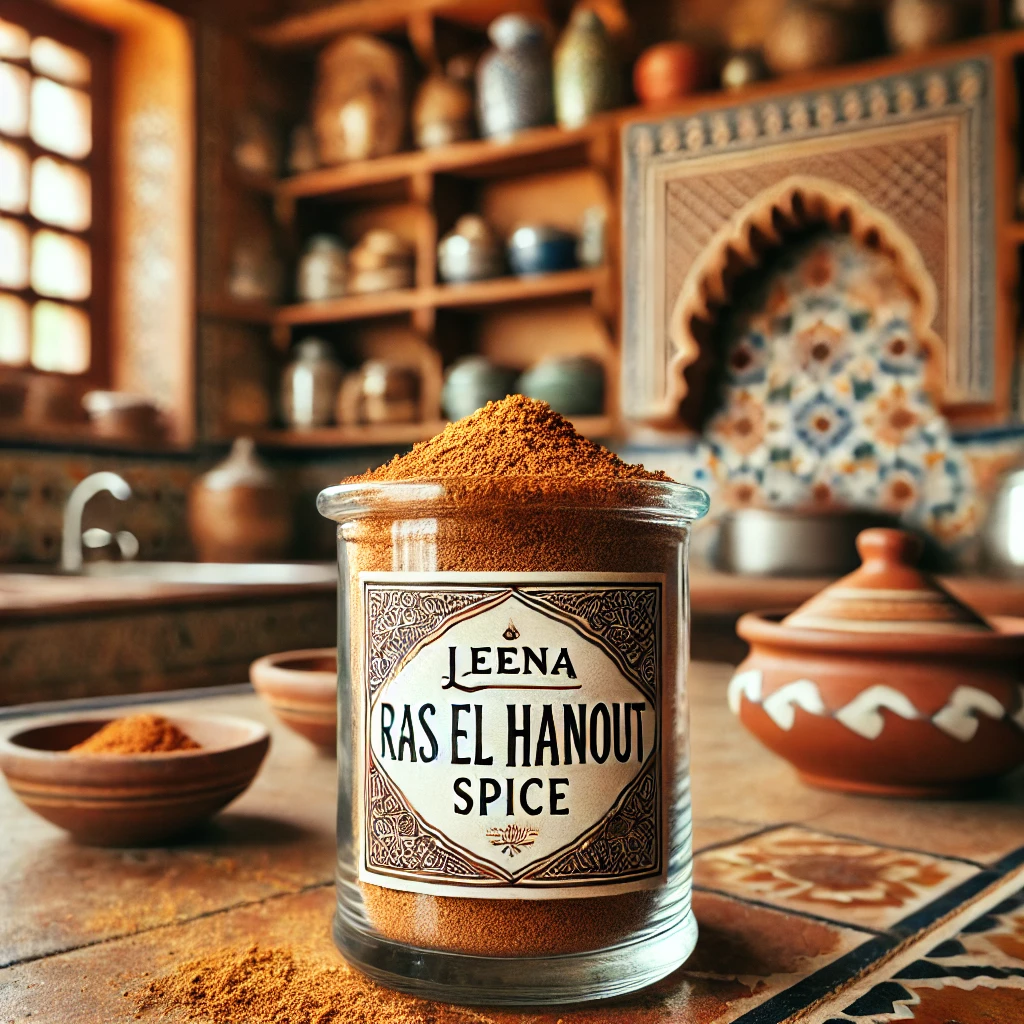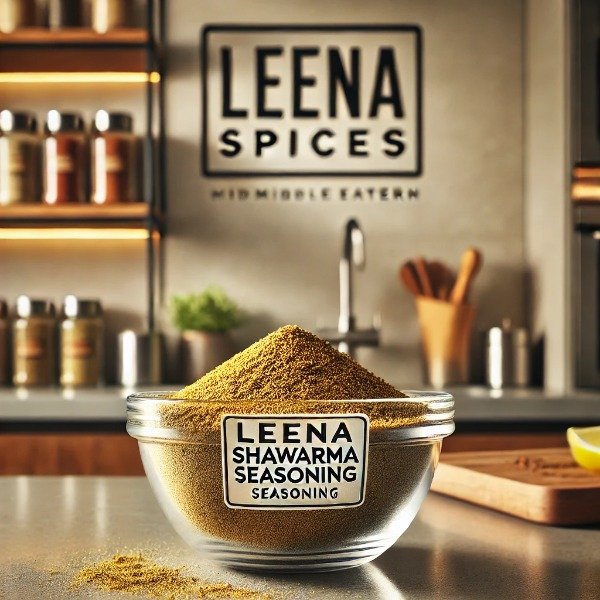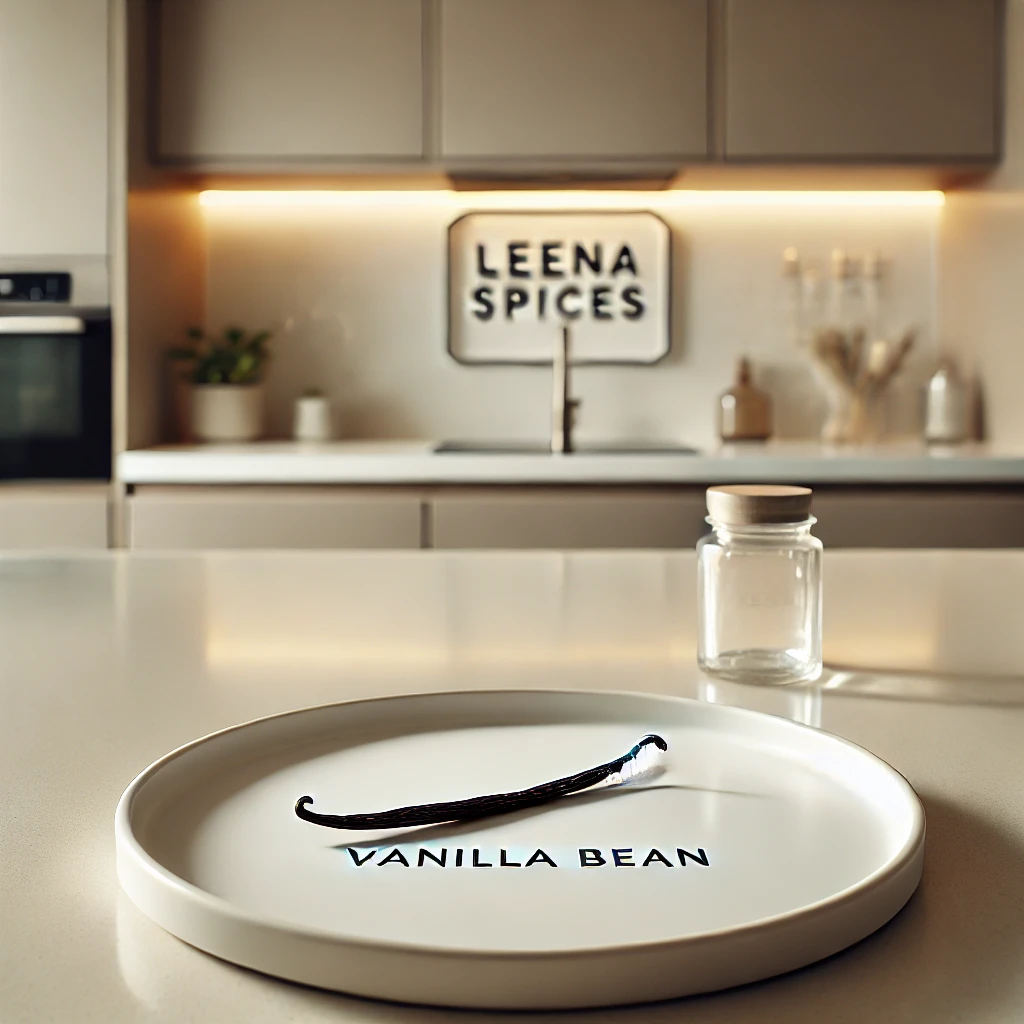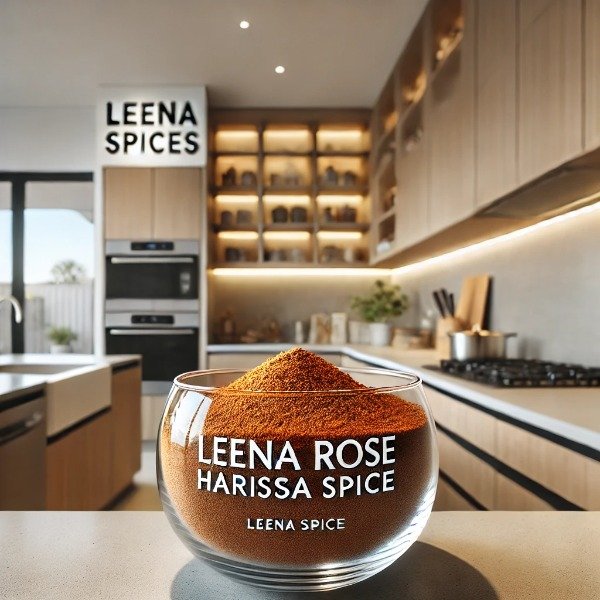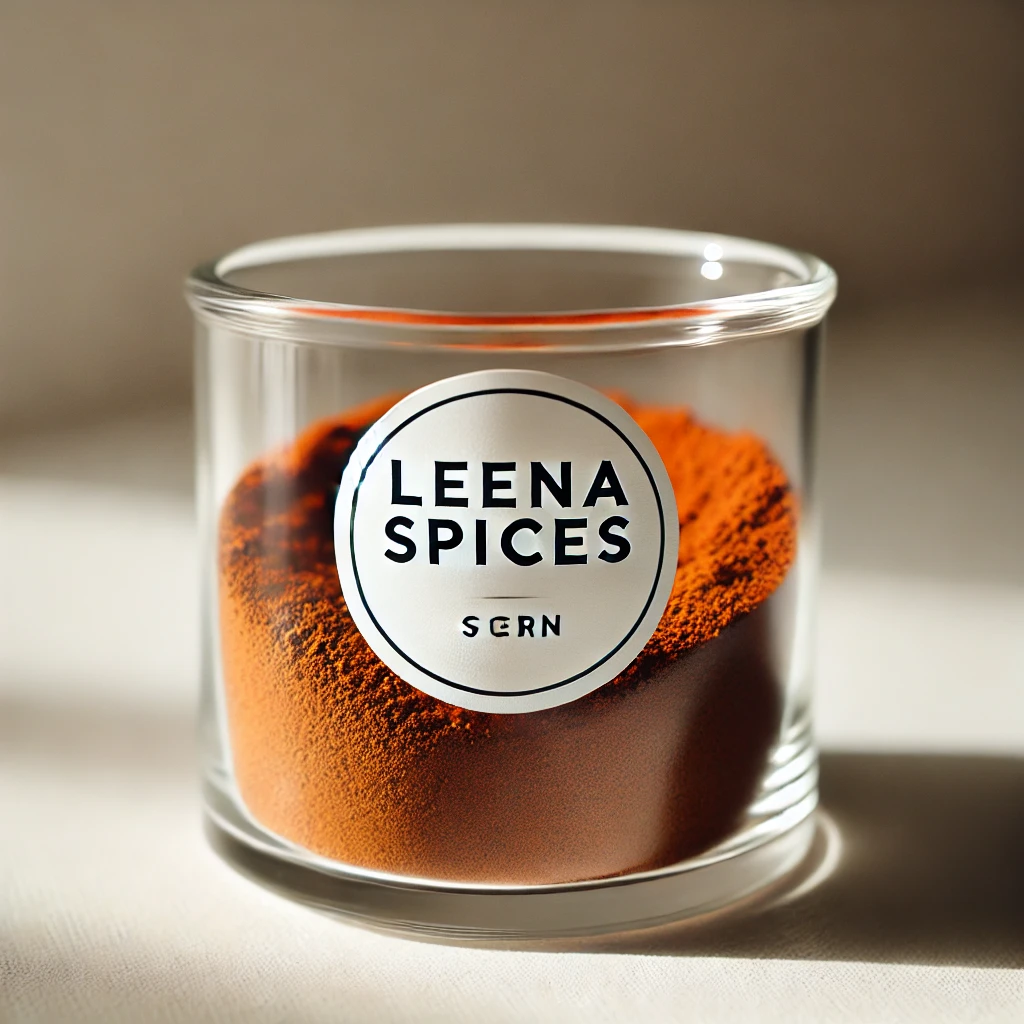Birth Masala: 7 Powerful Healing Foods Every New Mom Needs During the Pantang
Table of Contents
- Key Takeaways
- What is traditional Malay postnatal care during Pantang?
- What is Birth Masala, and How Is It Incorporated into Pantang Postpartum Practices?
- What Foods Should You Eat During the Pantang Period?
- Frequently Asked Questions About Malay Postnatal Care (Pantang)
Key Takeaways
What is the pantang period in Malay culture?
The pantang period, also known as confinement, is a 40–44-day postnatal recovery phase where Malay mothers focus on rest, healing, and restoring balance. It blends traditional practices, herbal remedies, dietary rules, and spiritual care to help the mother regain strength after childbirth.
Why is pantang so important after giving birth?
Pantang supports the body’s physical recovery, helps prevent postpartum complications like bloating and infection, and provides mental and emotional rest. It’s also a time for family bonding, prayer, and preserving Malay cultural and Islamic values.
What kind of food should mothers eat during pantang?
Mothers are encouraged to eat warm, nourishing foods such as rice porridge, soups, lean chicken, and fish. These are paired with warming herbs and spices like ginger, turmeric, and black pepper, which promote blood circulation, healing, and energy.
Are there specific foods that should be avoided?
Yes. Foods considered “cold” — like cucumber, watermelon, and cabbage — are usually avoided, as they’re believed to slow healing. Also, oily, fried, and processed foods are discouraged because they can cause indigestion and fatigue.
What is Birth Masala?
Birth Masala (also known as rempah bersalin) is a blend of traditional spices such as turmeric, ginger, black pepper, fennel, cinnamon, and cloves. It’s used in herbal baths, massages, and even cooking to warm the body, relieve tension, and speed up recovery during pantang.
How is Birth Masala incorporated into pantang practices?
It’s used in several ways:
- In herbal baths to stimulate circulation and ease soreness.
- As massage oils or pastes (param) to reduce bloating and restore body tone.
- In meals or drinks to gently warm and energize the mother from within.
- As aromatherapy, where its scent purifies the room and promotes relaxation.
What are the main physical care practices during pantang?
Key practices include:
- Bengkung (belly binding) – to support the womb and help the body return to shape.
- Tungku (hot compress) – to improve circulation and ease muscle pain.
- Urut (traditional massage) – to relax muscles and expel “wind.”
- Herbal baths – using warm water infused with healing herbs.
Are there restrictions during pantang?
Yes. Mothers typically:
- Avoid cold environments (no fans or air conditioning).
- Limit physical activity.
- Refrain from sexual activity until recovery is complete.
- Follow small cultural taboos (like not cutting nails at night) for spiritual protection.
How does pantang support emotional and spiritual healing?
Pantang combines rest with Quranic prayers, family care, and traditional ceremonies like berendoi (cradle ceremony) or cukur jambul (baby’s hair shaving). These practices nurture emotional balance, gratitude, and connection between mother, baby, and family.
What is the role of the bidan (traditional midwife)?
A bidan kampung guides the mother through confinement, offering massages, herbal care, and advice. She monitors the mother’s progress, ensuring both traditional and practical aspects of recovery are followed safely.
How has pantang evolved in modern times?
Many women now adapt traditional practices with modern comfort and medical advice. Some use confinement centers offering both traditional care and modern hygiene, while dietary rules are more flexible — focusing on balanced nutrition for breastfeeding and recovery.
What’s the ultimate goal of pantang?
The goal is simple yet profound — to heal, warm, and strengthen the new mother’s body and mind while keeping alive the cultural wisdom passed down through generations.

What is traditional Malay postnatal care during Pantang?
What pantang aims to do
Pantang focuses on three things:- Physical recovery — restore energy, shrink the uterus, reduce swelling, prevent infection.
- Emotional support — reduce stress and encourage mother–baby bonding.
- Spiritual protection and cultural continuity — rituals and prayers that reflect Malay and Islamic traditions.
Key elements
1. Food and fluids
Purpose: nourish the mother, promote healing, and rebalance the body (traditional ideas of “hot” and “cold”).What’s encouraged:- Warm, easy-to-digest meals: rice porridge, clear soups, gentle broths.
- Protein sources: fish, chicken, eggs for tissue repair and lactation.
- Herbal remedies (jamu): turmeric, ginger, tamarind-based concoctions and other traditional infusions.
- “Cold” foods believed to slow recovery: cucumber, watermelon, raw salads.
- Very oily, heavily processed, or overly spicy foods that can upset digestion.
- Warm water and herbal infusions (e.g., air akar kayu) are recommended to support detoxification and breastfeeding.
2. Rest and physical care
Rest is central; activity is limited, especially early on.Common practices:- Bengkung (belly binding): a long cloth wrapped around the abdomen to support the womb, reduce bloating and help return to pre-pregnancy shape. Often used with warming herbal oils or pastes.
- Tungku (hot compress): a warmed stone or metal wrapped in cloth applied to the abdomen to ease pain and improve circulation.
- Urut (traditional massage): performed by a bidan or trained masseuse to relieve tension, help the body settle, and “expel wind.”
- Bathing rituals: warm water infused with herbs (pandan, lemongrass, kunyit) is preferred; some families delay bathing for a short period after birth to avoid “cold” exposure.
3. Restrictions (pantang rules)
These rules are intended to protect the mother’s long-term health.Typical restrictions:- Keep warm: avoid cold showers, air-conditioning, and fans; wear socks and head coverings to retain heat.
- Limit strenuous movement: no heavy lifting or vigorous chores; going outdoors may be restricted early on.
- Sexual abstinence: couples typically wait until the confinement period ends and the mother is medically cleared.
- Observances and small superstitions: some avoid cutting hair or nails at night or follow other local taboos meant to guard against bad luck or spiritual harm.
4. Spiritual and emotional care
Pantang integrates faith and family support.Practices include:- Quranic recitations, prayers, and other protective supplications to safeguard mother and baby.
- Strong involvement of female relatives for practical help and emotional reassurance.
- Marking rites such as berendoi (cradle ceremony) or cukur jambul (baby’s first hair shave) to celebrate and bless the child—often held after the confinement period.
5. Role of the bidan (traditional midwife)
The bidan supports the mother through massage, herbal remedies, and guidance on rituals. She monitors recovery and advises on when to seek medical care.Why pantang matters
- Health: Many practices encourage rest and nutrition that aid recovery and breastfeeding.
- Well-being: The enforced rest and family care reduce stress and support bonding.
- Cultural continuity: Pantang preserves Malay identity and blends local knowledge with Islamic values.
Modern variations
Contemporary life has changed how pantang is practiced:- Some women choose professional confinement services or centers that combine traditional rituals with modern comforts.
- Dietary rules are often relaxed in favor of balanced nutrition guided by medical advice.
- Increasingly, women consult both healthcare professionals and traditional practitioners to combine safety and cultural preference.
What is Birth Masala, and How Is It Incorporated into Pantang Postpartum Practices?
Birth Masala is a traditional postpartum spice blend deeply rooted in Indian and South African Indian traditions, with parallels found across parts of the Malay world where confinement or Pantang practices are observed. It is a carefully balanced mixture of warming, digestive, and healing spices—typically including cumin, coriander, fennel, ajwain (carom seeds), turmeric, fenugreek, and ginger, and sometimes cinnamon or black pepper.
This blend is designed to support a new mother’s recovery, digestion, and vitality during the postpartum period. Its principles align closely with those of Malay Pantang confinement, which emphasizes restoring warmth, strength, and internal balance after childbirth.
The Role of Birth Masala in Postpartum Healing
The postpartum body undergoes immense physical and energetic changes. Traditional medicine systems such as Ayurveda and Malay jamu healing share the belief that childbirth leaves the body in a “cold” and depleted state, making warmth and nourishment essential for recovery. Birth Masala directly supports this goal through its therapeutic spice composition.
Pantang Healing Principle | How Birth Masala Supports It |
Rewarming the Body | Spices like ginger, turmeric, and ajwain promote circulation, dispel “wind,” and restore warmth, helping the mother regain balance after blood loss and exhaustion. |
Aiding Digestion | Ingredients such as cumin, carom seeds, and fennel stimulate digestion, reduce gas and bloating, and reignite the digestive “fire” weakened during childbirth. |
Reducing Inflammation | Turmeric and ginger contain natural anti-inflammatory compounds that help ease postpartum swelling and discomfort. |
Nourishment and Immunity | The blend supports nutrient absorption and strengthens immunity, ensuring sustained energy and faster recovery. |
Supporting Lactation | Fenugreek and cumin are traditional galactagogues that help enhance and regulate breast milk production. |
Incorporation into Pantang Meals and Remedies
In Malay and Indian-influenced postpartum diets, Birth Masala is used daily—often in small, gentle doses—to flavor and fortify healing foods. It is commonly incorporated in:
- Birth curry or chicken curry: A mild, warming curry cooked with ghee and the Birth Masala blend, believed to strengthen the body and stimulate lactation.
- Soups and broths: Light, nourishing soups infused with turmeric, ginger, and cumin to aid digestion and promote warmth.
- Rice dishes and porridges: Simple meals enriched with ghee, cumin, and fennel to build strength and prevent “wind.”
- Herbal teas or tonics: Similar to jamu, these tonics combine Birth Masala with warm water, honey, or milk to gently support internal healing.
Traditionally, mothers may consume small daily portions of foods containing Birth Masala for up to 40 days—aligning with the length of the confinement period (Pantang). This regular, balanced intake helps the body gradually regain strength and harmony.
Cultural Significance
While Birth Masala originates from Indian postpartum customs, its healing philosophy harmonizes beautifully with Pantang’s core beliefs—rest, warmth, and nourishment. In communities where Malay and Indian traditions intersect, Birth Masala often bridges both worlds, reflecting how cultural practices evolve yet remain united in purpose: to restore a mother’s health, balance, and vitality after childbirth.
Related Posts You May Like
The Ultimate Guide to Birth Masala 7 Essential Benefits for New Mothers
4 Powerful Birth Masala Benefits for Faster Recovery During Pantang Postpartum Confinement
what is postpartum spice? Traditional Herbs and Healing Practices After Childbirth
Traditional Chinese Postpartum Care: 5 Birth Masala Teas for Sitting the Month (Zuò Yuè Zi)
What Foods Should You Eat During the Pantang Period?
Core Principles of Pantang Nutrition
The Pantang diet is guided by a few simple principles:- Keep the body warm – Use heaty or warming foods and spices to promote circulation and dispel “wind.”
- Support healing and milk production – Prioritize protein and nutrient-rich meals that rebuild tissue and strengthen the body.
- Avoid cold or raw foods – Refrain from foods that may disrupt digestion or slow recovery.
- Stay hydrated – Drink warm liquids such as herbal teas and soups instead of cold beverages.
Recommended Foods During Pantang
1. Protein-Rich Foods for Strength and Healing
Protein helps repair tissues, rebuild muscles, and restore blood lost during childbirth.- Chicken: Traditionally prepared in soups or stews with ginger or turmeric to enhance warmth and energy.
- Fish: Choose easy-to-digest varieties such as salmon, mackerel, or snakehead fish (ikan haruan), known for promoting wound healing. Avoid high-mercury fish like shark or swordfish.
- Eggs: Boiled or lightly steamed for a quick source of protein and iron.
- Beef or Mutton: Eaten in moderation, usually in broths or curries spiced with warming ingredients.
- Legumes: Lentils and beans offer plant-based protein and fiber for sustained energy and healthy digestion.
2. Whole Grains and Energy Foods
Grains provide essential carbohydrates and nutrients to replenish energy stores.- Rice: A staple of the Pantang diet, often served as plain rice or porridge (bubur) for easy digestion.
- Oats and Millet: Gentle on the stomach and known to support milk production.
- Whole Grains: Barley or quinoa in moderation for fiber and long-lasting energy.
3. Vegetables and Fruits for Vitamins and Digestion
Vegetables are chosen for their warmth and nutritional value.- Warming Vegetables: Carrots, pumpkin, sweet potatoes, and zucchini, cooked until soft to aid digestion.
- Leafy Greens: Spinach, moringa (drumstick leaves), and broccoli for iron, calcium, and fiber. Avoid cooling greens like cabbage or cucumber.
- Fruits (in moderation): Red dates, longan, papaya, grapes, and blueberries for antioxidants and immune support.
4. Herbs and Spices for Circulation and Recovery
Spices are central to the Pantang diet, promoting warmth, reducing inflammation, and aiding digestion.- Birth Masala (Postpartum Spice Blend): A blend of fenugreek, fennel, cumin, coriander, turmeric, and other warming spices used in teas or soups.
- Ginger and Galangal: Stimulate circulation and relieve bloating.
- Turmeric: Supports healing, reduces inflammation, and purifies the body.
- Garlic: Enhances immunity and adds gentle heat to meals.
5. Soups and Broths for Nourishment
Warm soups form the cornerstone of confinement meals. They hydrate, comfort, and deliver key nutrients.- Chicken or Fish Soup: Flavoured with ginger, turmeric, or galangal for warmth and recovery.
- Bone Broth: Rich in collagen, iron, and minerals to strengthen tissues and improve energy.
- Herbal Soups: Infused with red dates, goji berries, or jamu herbs for blood circulation and general well-being.
6. Healthy Fats and Oils
Moderate amounts of good fats help absorption of vitamins and maintain body warmth.- Ghee or Sesame Oil: Commonly used in cooking or massage to promote internal warmth and aid digestion.
- Nuts and Seeds: Almonds, cashews, and sesame seeds (soaked or crushed) for healthy fats and lactation support.
7. Hydration and Warm Beverages
Keeping the body hydrated is crucial, but all drinks should be warm or room temperature.- Herbal or Birth Masala Teas: Enhance digestion and circulation.
- Warm Milk: Plain or infused with turmeric or spices to support immunity and lactation.
- Warm Water: Helps flush out toxins and prevents dehydration.
Foods to Avoid During Pantang
Certain foods are traditionally restricted because they are believed to hinder recovery, cause digestive discomfort, or introduce “coldness” to the body:- Cold or Cooling Foods: Watermelon, cucumber, coconut, cabbage, and raw vegetables.
- Spicy, Oily, or Fried Foods: Can cause inflammation, irritation, or indigestion.
- Processed Foods: Contain additives that may slow healing.
- Caffeine and Sugary Drinks: May interfere with rest and reduce milk supply.
- Alcohol: Avoided entirely during breastfeeding and recovery.
Sample Daily Pantang Menu
- Breakfast: Warm oats with Birth Masala, crushed almonds, and milk.
- Lunch: Chicken soup with ginger, turmeric, and pumpkin, served with rice.
- Snack: A boiled egg with warm Birth Masala tea.
- Dinner: Steamed fish with galangal and sweet potato, paired with rice or millet.
Precautions and Personalisation
- Start Slowly: Introduce herbs and spices in small amounts to monitor tolerance.
- Consult Your Doctor: Especially if you are diabetic or recovering from a C-section, as some herbs (e.g., fenugreek) may affect blood sugar.
- Prioritise Hygiene: Always use fresh ingredients and prepare foods safely to prevent infection.
Summary: The Pantang Diet Philosophy
The pantang diet is about nourishment, warmth, and healing. Each food choice reflects generations of wisdom aimed at:
- Restoring the mother’s energy and blood circulation.
- Preventing postnatal complications like bloating or chills.
- Strengthening the body for breastfeeding and long-term well-being.
Modern mothers may adapt these traditions with medical guidance, choosing balanced meals that honor both cultural heritage and nutritional science. The essence of pantang remains: to eat mindfully, warmly, and with care during this sacred period of recovery.
Best Spirtual Postpartum Variety On Amazon Tap Here
Frequently Asked Questions About Malay Postnatal Care (Pantang)
Can non-Malay mothers follow pantang practices after childbirth?
Yes, absolutely. While pantang is rooted in Malay tradition, its principles — rest, warmth, nutrition, and self-care — are universal. Many non-Malay mothers choose to adopt selected practices like herbal baths, belly binding, or gentle diets to support postpartum recovery in a holistic way.
Is it safe to mix traditional pantang methods with modern medical care?
Yes, as long as it’s done with balance and awareness. Most modern mothers combine pantang practices with medical guidance from doctors or midwives. For example, using herbal oils or massages alongside prescribed postpartum check-ups ensures safety while still honoring cultural traditions.
How long should the pantang confinement last?
Traditionally, confinement lasts 40 to 44 days, but this can vary. Some women choose shorter durations (2–3 weeks) depending on their health and comfort. The key is to listen to your body — rest as long as needed before returning to normal activities.
Can I shower during pantang, or is bathing prohibited?
Bathing is not completely prohibited, but cold water is avoided. Instead, mothers use warm herbal baths made with ingredients like pandan leaves, turmeric, or lemongrass. These baths cleanse the body, ease muscle aches, and prevent the “cold” from entering the body — a key belief in pantang.
What if I can’t follow the strict pantang diet due to modern living or personal preference?
That’s perfectly fine. You can adapt the pantang diet to your lifestyle by focusing on balanced, nutritious, and warming meals. Modern confinement meals often combine traditional herbs with wholesome foods like brown rice, lean protein, and vegetables — all while avoiding processed or overly cold foods.
Is Birth Masala the same as cooking spices used in daily meals?
Not exactly. While some ingredients overlap (like turmeric, ginger, and pepper), Birth Masala is specially blended for postnatal healing, not just flavor. It’s often used in massage oils, herbal compresses, or mild confinement dishes designed to warm the body and support recovery — not for everyday cooking.
Can pantang practices help with emotional or mental recovery after childbirth?
Yes. Pantang offers structured rest, social support, and spiritual connection — all of which can reduce postpartum stress and anxiety. The involvement of family members, gentle care from the bidan, and moments of prayer or reflection help mothers feel grounded and emotionally supported.
Is it okay to breastfeed while consuming jamu or herbal drinks during pantang?
In most cases, yes — but moderation is key. Traditional jamu tonics made from turmeric, ginger, and tamarind are generally safe and can support lactation. However, it’s best to consult a healthcare provider or herbal practitioner before consuming any herbal drink regularly while breastfeeding.
What should I do if I experience pain, fever, or unusual symptoms during pantang?
Traditional remedies can ease mild discomfort, but any severe pain, fever, or abnormal bleeding requires immediate medical attention. Pantang practices should never replace medical care. Always seek professional help if you notice worrying symptoms.
How can families support a new mother during pantang?
Family support is crucial. Loved ones can help by preparing meals, managing household chores, or simply offering companionship. Emotional encouragement and understanding make the confinement period smoother and more positive for the new mother.
Are there modern confinement centers in Malaysia or Singapore?
Yes, confinement centers have become popular in Malaysia, Singapore, and even among overseas Malay communities. These centers offer modern facilities — comfortable rooms, professional nurses, nutritious confinement meals, and traditional care services like massages — giving mothers the best of both worlds.
What is the symbolic meaning of ending the pantang period?
The end of pantang is marked with joy and renewal. Ceremonies like berendoi (cradle ceremony) or cukur jambul (baby’s first hair shave) celebrate the baby’s growth and the mother’s recovery. Spiritually, it signifies returning to normal life, now as a strengthened and blessed mother.
